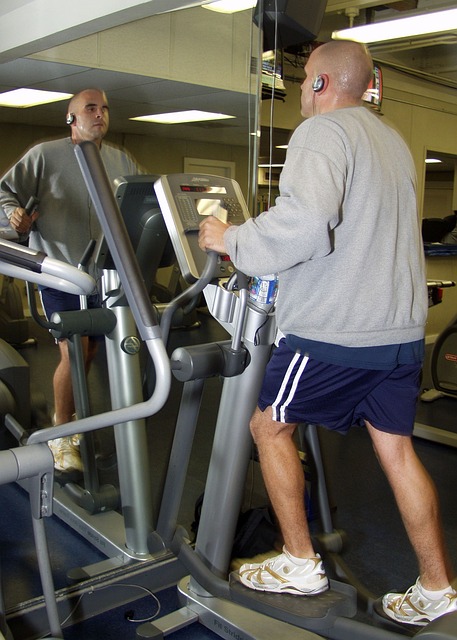Cardiovascular fitness, also known as cardiovascular endurance or aerobic fitness, is a fundamental aspect of overall health and well-being. It refers to the efficiency and capacity of your cardiovascular system to deliver oxygen-rich blood to your muscles and organs during sustained physical activity. This form of fitness plays a crucial role in maintaining a healthy heart, boosting stamina, and enhancing your overall quality of life. Let’s delve into the basics of cardiovascular fitness to better understand its importance and how to improve it.
The Role of the Cardiovascular System
Your cardiovascular system consists of the heart, blood vessels, and blood. Its primary function is to transport oxygen, nutrients, and hormones throughout your body while removing waste products like carbon dioxide. During physical activity, your muscles require more oxygen to produce energy. A well-conditioned cardiovascular system ensures that your heart can pump an adequate amount of oxygenated blood to meet this increased demand.
Measuring Cardiovascular Fitness
Cardiovascular fitness is commonly measured through various assessments, including:
1. VO2 Max: This is the maximum amount of oxygen your body can utilize during intense exercise. A higher VO2 max indicates better cardiovascular fitness.
2. Resting Heart Rate: A lower resting heart rate signifies a more efficient heart that doesn’t have to work as hard to maintain blood circulation.
3. Heart Rate During Exercise: Monitoring your heart rate during exercise helps determine your cardiovascular fitness level and whether you’re working at an appropriate intensity.
Benefits of Cardiovascular Fitness
Engaging in regular cardiovascular exercise offers a multitude of benefits:
1. Improved Heart Health
Regular aerobic exercise strengthens the heart muscle, making it more efficient at pumping blood. This reduces the risk of heart diseases like hypertension, heart attacks, and strokes.
2. Increased Stamina
Cardiovascular fitness enhances your body’s ability to endure prolonged physical activity. You’ll find yourself less fatigued during everyday tasks and better equipped for more extended workouts.
3. Weight Management
Aerobic exercises burn calories, contributing to weight loss or maintenance. They also help regulate appetite hormones, making it easier to manage your food intake.
4. Enhanced Lung Function
Cardiovascular exercise improves lung capacity and efficiency, allowing you to take in more oxygen with each breath and expel more carbon dioxide.
5. Stress Relief
Physical activity triggers the release of endorphins, natural mood-enhancing chemicals that alleviate stress and promote feelings of well-being.
Improving Cardiovascular Fitness
To enhance your cardiovascular fitness:
1. Engage in Aerobic Activities: Activities like running, swimming, cycling, brisk walking, and dancing elevate your heart rate and improve cardiovascular health.
2. Aim for Regular Exercise: Aim for at least 150 minutes of moderate-intensity aerobic exercise or 75 minutes of vigorous-intensity exercise per week, spread out over several days.
3. Progress Gradually: Gradually increase the intensity, duration, and frequency of your workouts to avoid overexertion and injury.
4. Include Variety: Incorporate a variety of aerobic activities to keep your workouts interesting and challenge different muscle groups.
5. Stay Hydrated: Proper hydration supports cardiovascular function and overall exercise performance.
Conclusion
Cardiovascular fitness is a cornerstone of a healthy lifestyle. By engaging in regular aerobic exercise, you strengthen your heart, boost stamina, and improve your overall well-being. As you understand the basics of cardiovascular fitness, you can make informed choices to incorporate effective Physical activities to improve health and fitness.into your routine and enjoy the myriad benefits that come with a strong and efficient cardiovascular system




